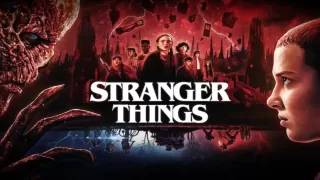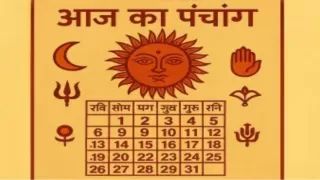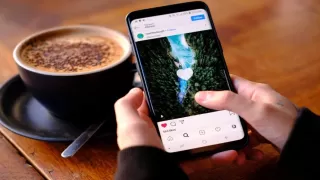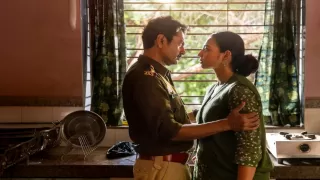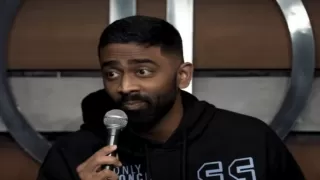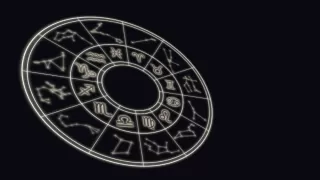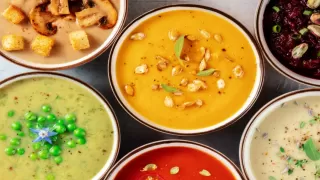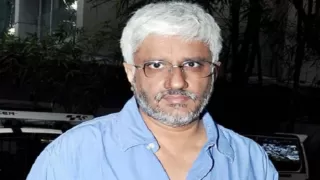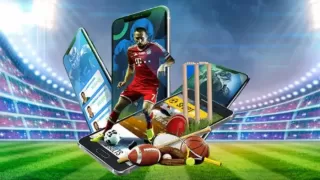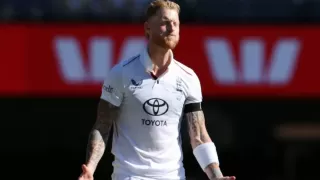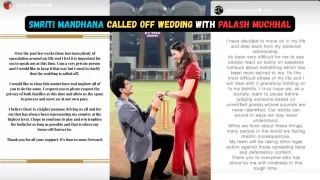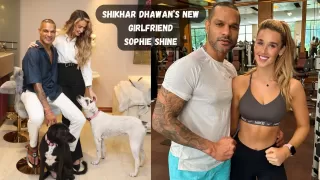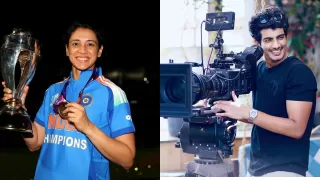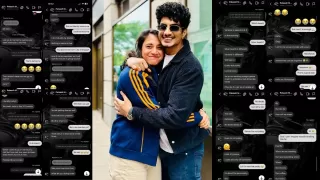Streetball is more than just a pickup game; it’s the soul of basketball in its rawest, most authentic form. Born in the concrete jungles of America’s inner cities, it’s a movement that gave voice to communities, introduced new levels of flair, and redefined how basketball is played and perceived. From the courts of Rucker Park to the hardwood floors of the NBA, streetball’s imprint on modern basketball is undeniable and growing stronger with time.
The Roots of Streetball Culture
Long before televised games and billion-dollar contracts, basketball lived in the streets. Iconic playgrounds like Rucker Park in Harlem, Venice Beach in Los Angeles, and Chicago’s Jackson Park became proving grounds for ballers chasing respect, not sponsorships. Here, creativity thrived. The rules were looser, but the competition was fierce. You didn’t just play to win, you played to leave a mark.
Streetball was survival, style, and expression rolled into one. It allowed players to express themselves through crossovers, no-look passes, and gravity-defying layups. Unlike structured AAU or NCAA systems, these courts encouraged improvisation, attitude, and an identity forged through adversity. That mentality laid the foundation for how many current NBA stars approach the game today.
Streetball has always intersected with other cultural expressions, especially music and fashion. In the 1990s and early 2000s, the AND1 Mixtape Tour captured the imagination of fans worldwide, showcasing highlight reels that blurred the line between sport and performance art. The mixtapes were drenched in hip-hop beats and voice-overs that matched the intensity of the moves on display. Suddenly, basketball wasn’t just about stats; it was about swagger.
This era sparked a fashion revolution in the NBA. Players like Allen Iverson brought cornrows, tattoos, throwback jerseys, and baggy fits into the spotlight. He wasn’t just an icon on the court; he was the embodiment of streetball ethos in a professional setting. Today, players use pregame tunnels as fashion runways, echoing streetball’s celebration of individuality and style.
From Asphalt to Arenas
While not every streetball star found NBA success, a few leapt and left lasting legacies:
- Rafer 'Skip to My Lou' Alston: A streetball legend turned pro, Alston first dazzled fans with the AND1 mixtapes before becoming a starting point guard in the NBA, notably with the Houston Rockets. His flashy handles proved that streetball fundamentals could translate into pro-level effectiveness.
- Jamal Crawford: Known for his killer crossover and streetball flair, Crawford never lost touch with his roots. He was a regular at Seattle’s pro-am league, 'The CrawsOver', where he helped bridge the gap between the pros and the community.
- Baron Davis, Kevin Durant, and Kyrie Irving: Though their development came through traditional paths, all three have embraced streetball culture. Durant’s summer league appearances at the Drew League, Irving’s viral 'Uncle Drew' character, and Davis’s gritty style all speak to their connection with the culture.
Streetball Influence on Modern NBA Play
Modern NBA basketball is faster, looser, and more creative than ever. Much of that transformation can be traced to streetball's DNA
- Iso-heavy Offences: One-on-one plays, flashy handles, and highlight-worthy shots are now central to offensive schemes. Think Kyrie Irving or Jayson Tatum isolations, they’re straight from the blacktop.
- Emphasis on Creativity: The Eurostep, step-back three, or no-look dime isn’t just flair; they’re tools of modern dominance. Players have the license to innovate, with fans and coaches encouraging artistic expression on the court.
- Global Popularity Through Streetball Aesthetic: Clips of crossovers and ankle-breakers dominate social media. From Manila to Milan, kids mimic what they see on YouTube or TikTok, often performances born out of streetball’s influence.
Streetball’s influence doesn’t stop at the baseline. It paved the way for the convergence of sports, fashion, music, and even lifestyle trends like sneaker culture and vaping. Just like streetball, these began at the fringe, often seen as rebellious before entering the mainstream. Players are now brands themselves, curating an identity that resonates with fans far beyond the court.
Media platforms like Slam Magazine and Ballislife further amplify this cultural intersection, highlighting how basketball has become both sport and spectacle. Streetball didn’t just shape basketball; it turned it into a global lifestyle.
The Role of Pro-Am League and Social Media
Pro-am leagues like The Drew League in Los Angeles and Dyckman in NYC serve as vital links between the NBA and its street roots. When elite players like LeBron James, DeMar DeRozan, or Trae Young show up at these venues, it’s not just a game; it’s a celebration of heritage and humility.
Meanwhile, social media acts as the digital playground for streetball. Instagram clips, TikToks, and YouTube highlights allow streetballers to gain followings, secure sponsorships, and influence the sport without ever touching an NBA court. This visibility ensures that the streetball flame burns bright in the digital age.
For all its influence, streetball’s soul remains in the communities that birthed it. The future of basketball must continue to honour that heritage. Investing in community courts, supporting local leagues, and telling authentic stories is how we ensure streetball’s spirit lives on, not just in flashy dunks or killer crossovers, but in the values of grit, creativity, and freedom.
As basketball continues to grow, it does so on the foundation that streetball built. And that, more than anything, is what makes the game beautiful.
Also Read: Top 5 Biggest NBA Trade Shocks in History






